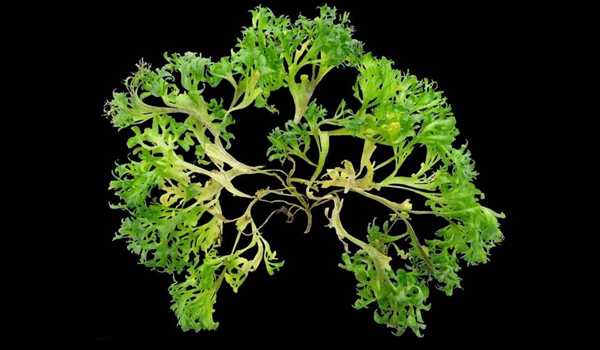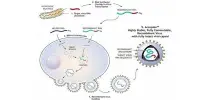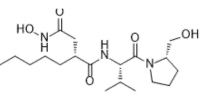The three-dimensional organization of the plant body is referred to as plant architecture. Above-ground plant parts include the branching pattern, as well as the size, shape, and position of leaves and flower organs. Plant architecture has long been the sole criterion for systematic and taxonomic classification, and it remains the best method of identifying plant species even today.
A recent study published in Nature Plants by the Indian Institute of Science (IISc) researchers sheds light on how simple leaves—one of two basic types of leaves—develop in a plant. Researchers from the Department of Microbiology and Cell Biology (MCB) collaborated with collaborators from Shodhaka Life Sciences in Bengaluru.
Plants’ leaves can be simple or compound. A mango tree, for example, has simple leaves because it has a single, intact leaf blade. A Gulmohar tree, on the other hand, has compound leaves with the leaf blade dissected into multiple leaflets. However, both simple and compound leaves begin as rod-like structures that sprout from the meristem, the tip of the stem that contains stem cells. Much research has been conducted in recent years to determine how these rod-like structures, known as primordia, give rise to simple or compound leaves.
Scientists show how simple leaves—one of the two basic forms of leaves—develop in a plant. identified two gene families that regulate the development of simple leaves through the proteins they code for, in a plant called Arabidopsis thaliana—a popular model organism in plant biology.
The authors identified two gene families in Arabidopsis thaliana, a popular model organism in plant biology, that regulate the development of simple leaves through the proteins they code for. These gene families—CIN-TCP and KNOX-II—encode transcription factors, which inhibit the formation of new leaflets at the margin, giving rise to simple leaves.
The researchers suppressed multiple members of the two gene families at the same time, causing the simple leaves to transform into super-compound leaves that gave rise to leaflets indefinitely. However, when the authors suppressed either of the two gene families independently, the leaves did not turn into compound leaves, indicating that the genes work together.

Furthermore, these mutant leaves remained young and grew for as long as they had the necessary growing conditions. While Arabidopsis leaves typically mature in 30 days and withers in 60 days, the leaves of these mutant plants with suppressed CIN-TCP and KNOX-II gene families grew for as long as the researchers monitored them (175 days)—and could potentially grow for months or years if the right conditions were met.
“While scientists have been able to convert compound leaves to simple leaves by manipulating gene expression, our report is the first to go the other way,” says Utpal Nath, Associate Professor at MCB and senior author of the paper.
The researchers also discovered that, in contrast to normal Arabidopsis leaves, the leaves of the plants in which the two gene families were suppressed displayed RNA signatures of young immature leaves and actively dividing cells even after their typical maturation period. RNA is a chemical messenger that carries instructions from genes required for protein synthesis.
However, both simple and compound leaves begin as rod-like structures that sprout from the meristem, the tip of the stem that contains stem cells. Much research has been conducted in recent years to determine how these rod-like structures, known as primordia, give rise to simple or compound leaves. In this study, the authors identified two gene families that regulate the development of simple leaves through the proteins they code for in Arabidopsis thaliana, a popular model organism in plant biology, according to a statement from Bengaluru-based IISc.
In addition to providing insights into plant development, the findings may, in the long run, initiate and nurture innovations in the food industry. According to Krishna Reddy Challa, a former MCB Ph.D. student and co-lead author of the study, “This technique could be used to change the shape of the salad leaves or to increase their biomass. For example, you could alter the shape of a spinach leaf to resemble lettuce.”
“Because the CIN-TCP and KNOX-II genes are suppressed, you can control the longevity of the plant and thus extend its shelf-life,” says Monalisha Rath, a Ph.D. student at MCB and co-lead author of the study.
















